Signals: How Video Transformed the World
05 Mar - 08 Jul 2023

Installation view of Signals: How Video Transformed the World, on view at The Museum of Modern Art, New York from March 5 – July 08, 2023. Photo: Robert Gerhardt
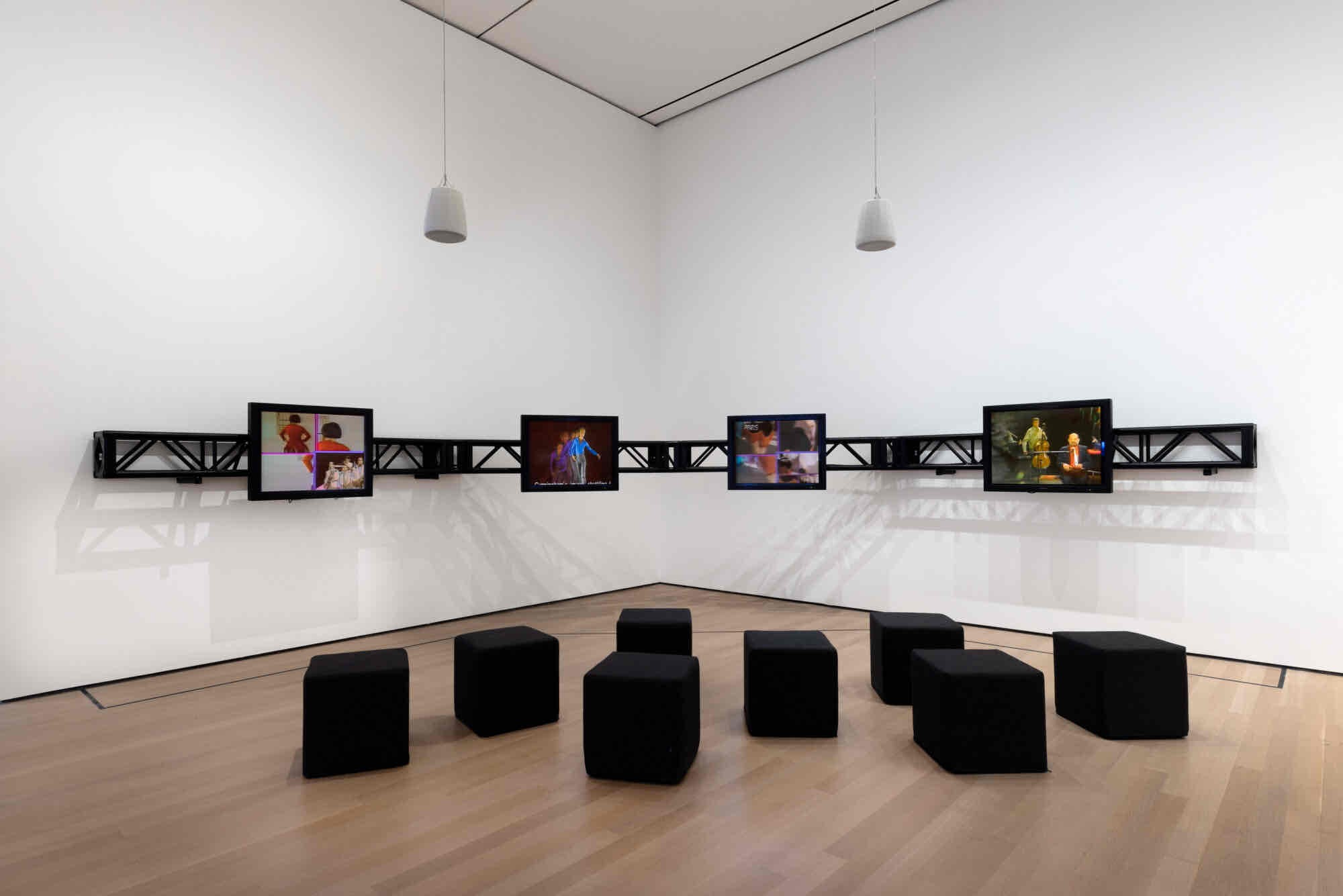
Installation view of Signals: How Video Transformed the World, on view at The Museum of Modern Art, New York from March 5 – July 08, 2023. Photo: Robert Gerhardt

Installation view of Signals: How Video Transformed the World, on view at The Museum of Modern Art, New York from March 5 – July 08, 2023. Photo: Robert Gerhardt
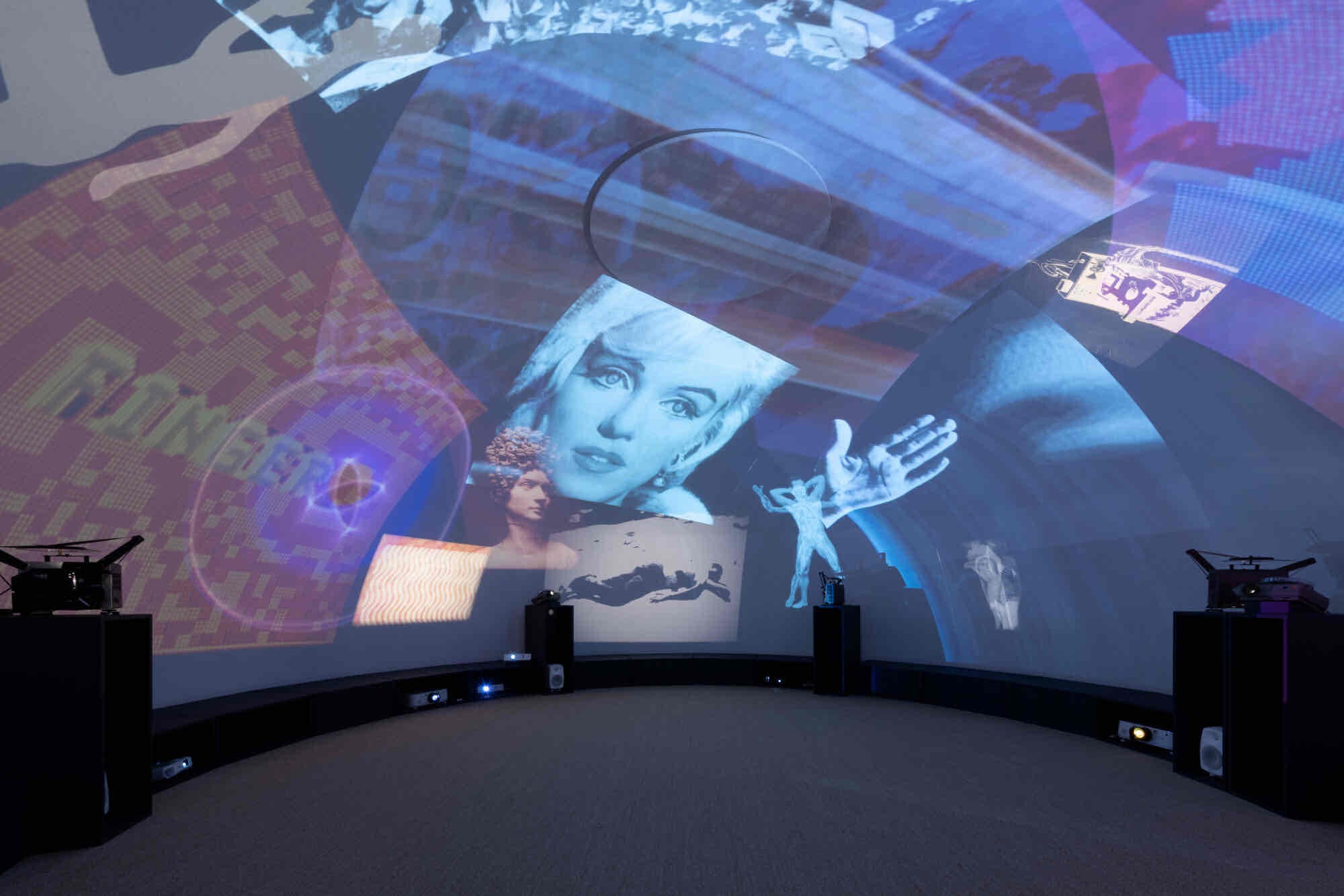
Installation view of Signals: How Video Transformed the World, on view at The Museum of Modern Art, New York from March 5 – July 08, 2023. Photo: Robert Gerhardt
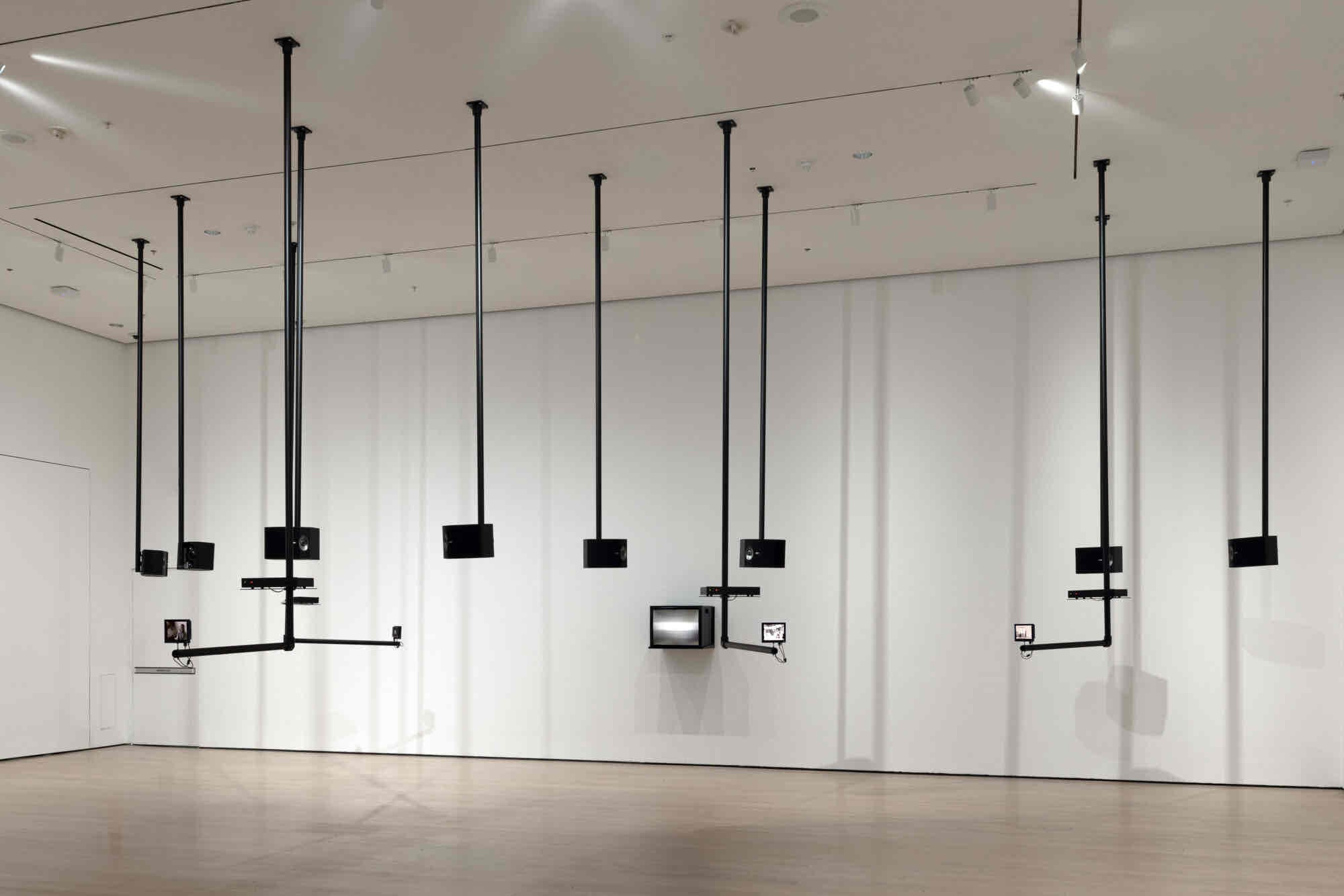
Installation view of Signals: How Video Transformed the World, on view at The Museum of Modern Art, New York from March 5 – July 08, 2023. Photo: Robert Gerhardt
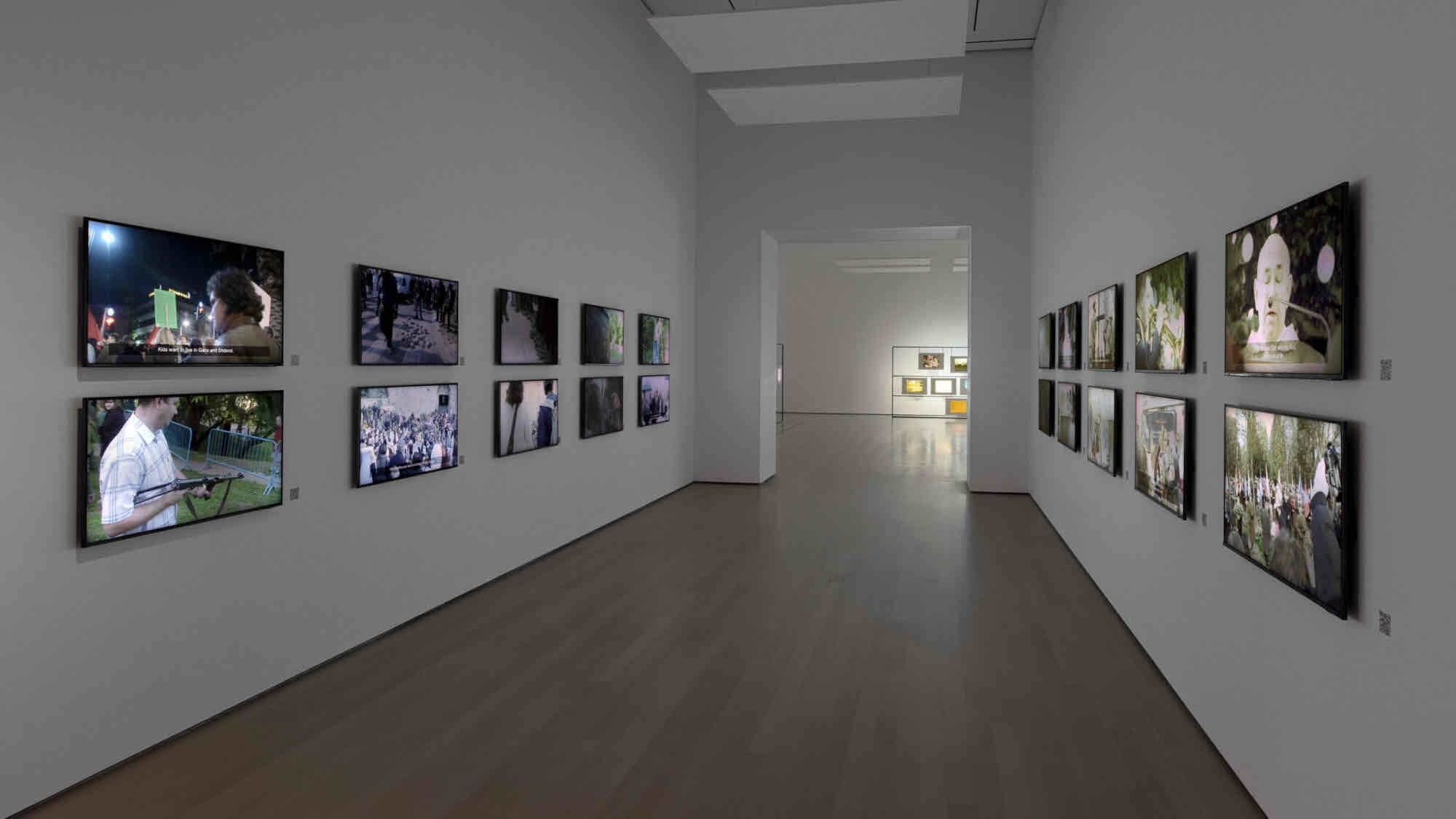
Installation view of Signals: How Video Transformed the World, on view at The Museum of Modern Art, New York from March 5 – July 08, 2023. Photo: Robert Gerhardt
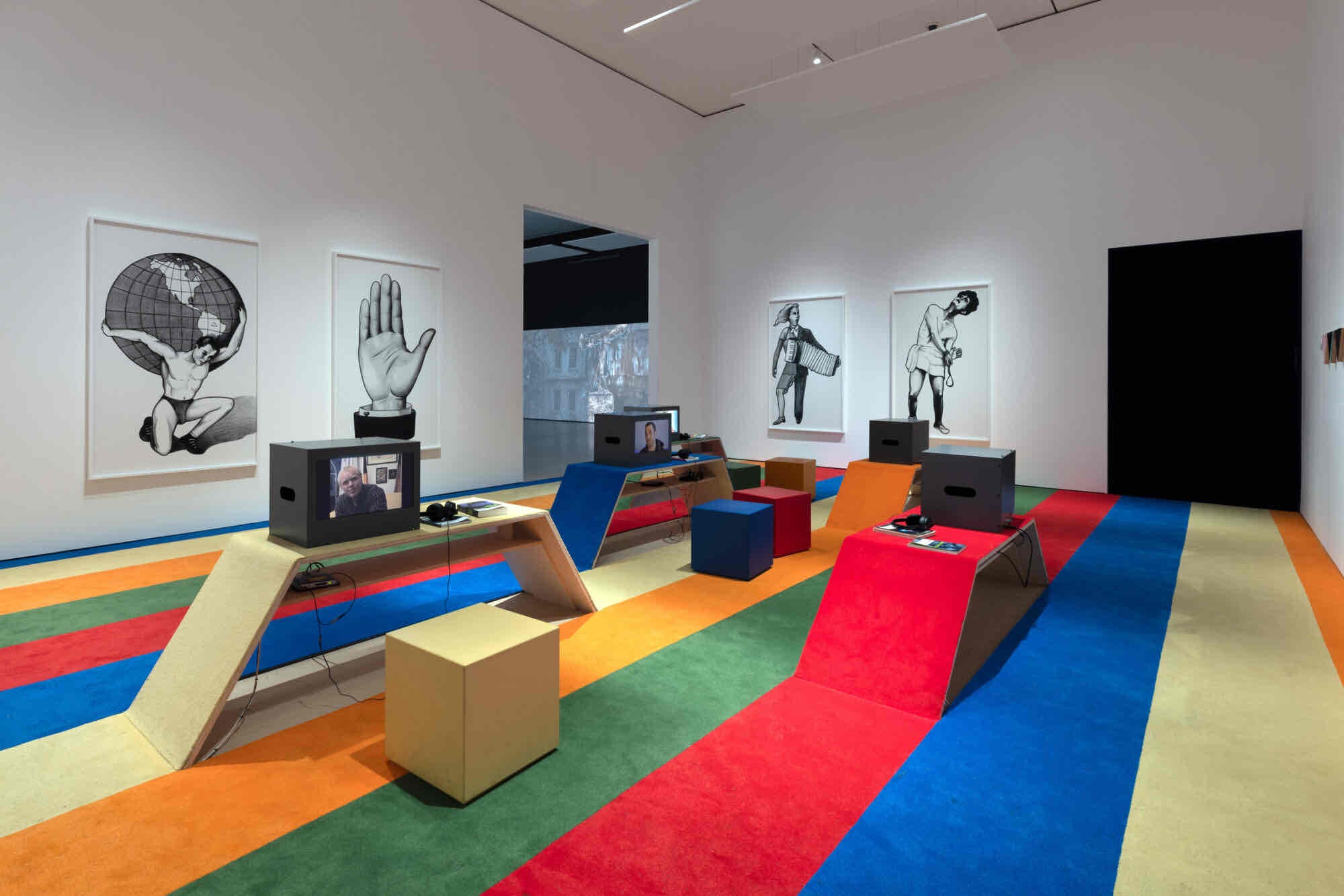
Installation view of Signals: How Video Transformed the World, on view at The Museum of Modern Art, New York from March 5 – July 08, 2023. Photo: Robert Gerhardt
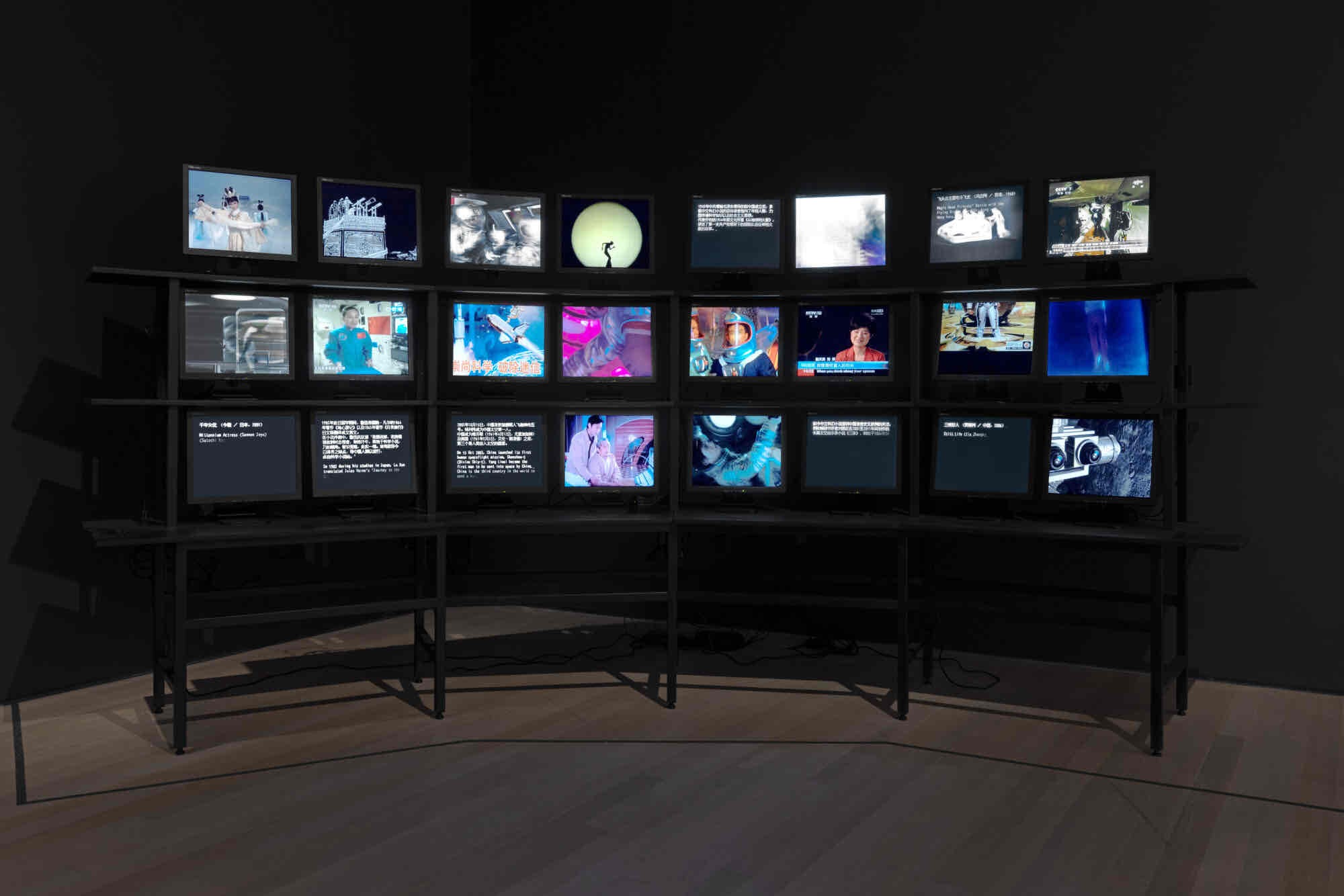
Installation view of Signals: How Video Transformed the World, on view at The Museum of Modern Art, New York from March 5 – July 08, 2023. Photo: Robert Gerhardt

Installation view of Signals: How Video Transformed the World, on view at The Museum of Modern Art, New York from March 5 – July 08, 2023. Photo: Robert Gerhardt
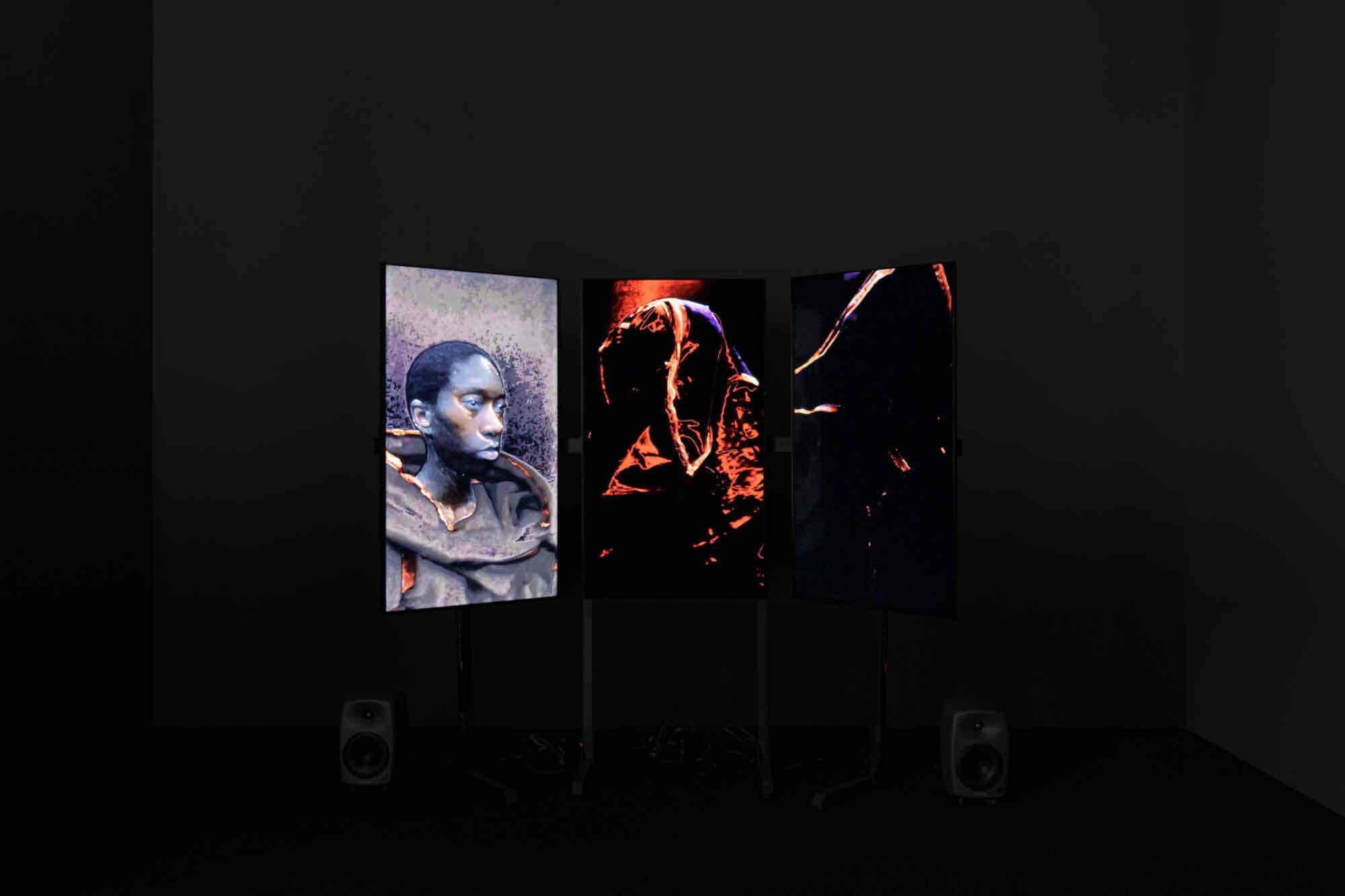
Installation view of Signals: How Video Transformed the World, on view at The Museum of Modern Art, New York from March 5 – July 08, 2023. Photo: Robert Gerhardt
This Collection-Based Multimedia Exhibition Features Works by John Akomfrah, Gretchen Bender, Dara Birnbaum, Tony Cokes, Amar Kanwar, Marta Minujín, Nam June Paik, Sondra Perry, Martine Syms, and More
Offering a timely examination of video, art, and the public sphere, The Museum of Modern Art presents Signals: How Video Transformed the World, a major exhibition on view in the Steven and Alexandra Cohen Center for Special Exhibitions from March 5 through July 8, 2023. Through a diverse range of nearly 100 works, drawn primarily from MoMA’s collection, Signals examines the ways in which artists have both championed and questioned video as an agent of social change—from televised revolution to electronic democracy. The presentation positions video not as a traditional medium but as a transformational media network, one that has fundamentally altered the world. Signals is organized by Stuart Comer, The Lonti Ebers Chief Curator of Media and Performance, and Michelle Kuo, The Marlene Hess Curator of Painting and Sculpture.
Signals investigates the ways in which artists such as John Akomfrah and Black Audio Film Collective, Gretchen Bender, Dara Birnbaum, Tony Cokes, Chto Delat, Song Dong, Harun Farocki, Amar Kanwar, Dana Kavelina, Marta Minujín, Carlos Motta, New Red Order, Nam June Paik, Tiffany Sia, Martine Syms, Ming Wong, Nil Yalter, and many others have used video over the past five decades to pose urgent questions about the singular impact that electronic media have had on participatory democracy, identity politics, economic access, and technological power. Collectively, the works and artists in the exhibition confront the ways in which the physical world has merged with the virtual, and reveal a history that is global, critical, and activist from its very beginnings.
“Video became widely accessible as a consumer technology in the 1960s, but it also became subject to total commercial and governmental control in nations around the globe,” said Michelle Kuo. She continued, “Today, vastly accelerated by the pandemic, video is everpresent—on phones, on computer screens, shaping our ideas and our politics, spreading disinformation, documentation, evidence, and fervor. We see video as a tool of persuasion and propaganda, but also as a means of witnessing and resistance. The artists in Signals explore the dizzying rise and range of video, but also present trenchant critiques of these formats and technologies.”
Stuart Comer added, “Many of the works in the exhibition have been recently acquired and never before seen at MoMA, while others demonstrate the Museum’s groundbreaking engagement with video from the 1960s on. While video is now a pervasive and defining aspect of contemporary life, it is an unruly and elusive artform that has created institutional challenges since its inception. Signals marks almost 50 years since the groundbreaking gathering ‘Open Circuits: An International Conference on the Future of Television’ took place at MoMA in 1974, helping to catalyze a community of artists, curators, critics, and educators to champion the medium. Since that time, the Museum has continued to collect and preserve video in its many forms and today holds one of the largest international media collections. Signals, primarily drawn from MoMA’s collection, traces the history of an art form that has never been bound completely within the Museum’s walls, one that has been directly connected to the social and political pulse of the last half century.”
Presented both in the galleries and on a special online channel on moma.org, Signals enables audiences to experience video art’s varied viewing conditions, sites of display, and geographic reach, from closed-circuit experiments to viral video, from agitation to persuasion, from forensic evidence to alternative facts. The exhibition shows how artists use video to probe society, communication, and democracy. Many of the works on view are large-scale installations whose examination of contested landscapes and territories parallel their experimental and immersive approach to the exhibition space. Notably, Stan VanDerBeek’s Movie Drome (1965), an “experience machine” conceived as a prototype for a global telecommunications system, was recently acquired by the Museum and is reconstructed at full scale for the first time. Additionally, the exhibition will include recent works such as Sondra Perry’s Double Quadruple Etcetera Etcetera (2013), which explores a contemporary scenario in which interactivity, visibility, and liveness is the norm, but in which all too many bodies have nevertheless been violently suppressed, policed, and erased.
Offering a timely examination of video, art, and the public sphere, The Museum of Modern Art presents Signals: How Video Transformed the World, a major exhibition on view in the Steven and Alexandra Cohen Center for Special Exhibitions from March 5 through July 8, 2023. Through a diverse range of nearly 100 works, drawn primarily from MoMA’s collection, Signals examines the ways in which artists have both championed and questioned video as an agent of social change—from televised revolution to electronic democracy. The presentation positions video not as a traditional medium but as a transformational media network, one that has fundamentally altered the world. Signals is organized by Stuart Comer, The Lonti Ebers Chief Curator of Media and Performance, and Michelle Kuo, The Marlene Hess Curator of Painting and Sculpture.
Signals investigates the ways in which artists such as John Akomfrah and Black Audio Film Collective, Gretchen Bender, Dara Birnbaum, Tony Cokes, Chto Delat, Song Dong, Harun Farocki, Amar Kanwar, Dana Kavelina, Marta Minujín, Carlos Motta, New Red Order, Nam June Paik, Tiffany Sia, Martine Syms, Ming Wong, Nil Yalter, and many others have used video over the past five decades to pose urgent questions about the singular impact that electronic media have had on participatory democracy, identity politics, economic access, and technological power. Collectively, the works and artists in the exhibition confront the ways in which the physical world has merged with the virtual, and reveal a history that is global, critical, and activist from its very beginnings.
“Video became widely accessible as a consumer technology in the 1960s, but it also became subject to total commercial and governmental control in nations around the globe,” said Michelle Kuo. She continued, “Today, vastly accelerated by the pandemic, video is everpresent—on phones, on computer screens, shaping our ideas and our politics, spreading disinformation, documentation, evidence, and fervor. We see video as a tool of persuasion and propaganda, but also as a means of witnessing and resistance. The artists in Signals explore the dizzying rise and range of video, but also present trenchant critiques of these formats and technologies.”
Stuart Comer added, “Many of the works in the exhibition have been recently acquired and never before seen at MoMA, while others demonstrate the Museum’s groundbreaking engagement with video from the 1960s on. While video is now a pervasive and defining aspect of contemporary life, it is an unruly and elusive artform that has created institutional challenges since its inception. Signals marks almost 50 years since the groundbreaking gathering ‘Open Circuits: An International Conference on the Future of Television’ took place at MoMA in 1974, helping to catalyze a community of artists, curators, critics, and educators to champion the medium. Since that time, the Museum has continued to collect and preserve video in its many forms and today holds one of the largest international media collections. Signals, primarily drawn from MoMA’s collection, traces the history of an art form that has never been bound completely within the Museum’s walls, one that has been directly connected to the social and political pulse of the last half century.”
Presented both in the galleries and on a special online channel on moma.org, Signals enables audiences to experience video art’s varied viewing conditions, sites of display, and geographic reach, from closed-circuit experiments to viral video, from agitation to persuasion, from forensic evidence to alternative facts. The exhibition shows how artists use video to probe society, communication, and democracy. Many of the works on view are large-scale installations whose examination of contested landscapes and territories parallel their experimental and immersive approach to the exhibition space. Notably, Stan VanDerBeek’s Movie Drome (1965), an “experience machine” conceived as a prototype for a global telecommunications system, was recently acquired by the Museum and is reconstructed at full scale for the first time. Additionally, the exhibition will include recent works such as Sondra Perry’s Double Quadruple Etcetera Etcetera (2013), which explores a contemporary scenario in which interactivity, visibility, and liveness is the norm, but in which all too many bodies have nevertheless been violently suppressed, policed, and erased.
